Coral expert Nicole Helgason shares some insights of her diving experience in Indonesia’s remote Halmahera
Halmahera is the largest of the Maluku Islands, in the North Maluku province of Indonesia, between Northern Sulawesi and Raja Ampat. It might not be the easiest place to get to, but all the travel is well worth the adventure as Halmahera is home to some of the highest coral diversity in the world.
There are two ways to get to Halmahera, either by flying into one of two airports, or by circumnavigating the province on a liveaboard. We made our way to the island by air, stopping first in the centre of the island in Weda Bay.
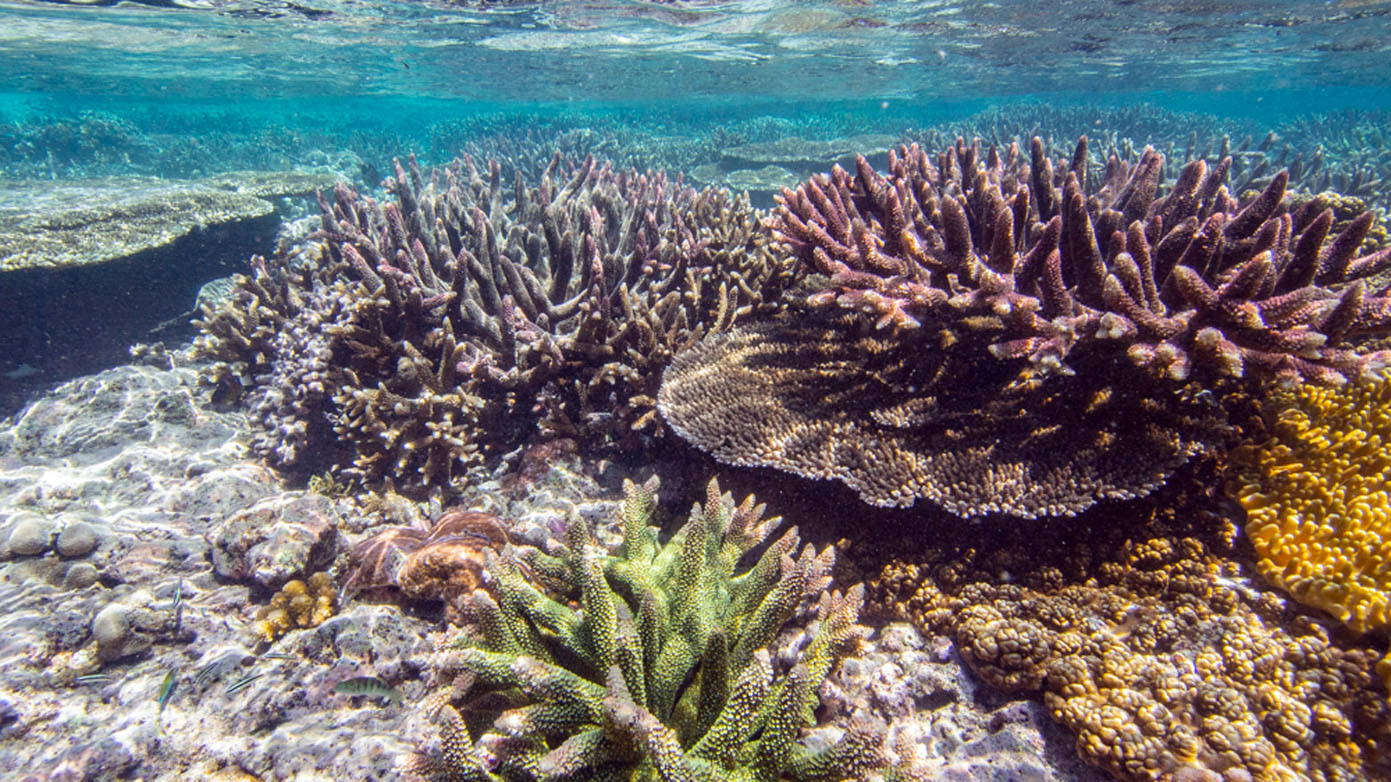
The closest airport to Weda is Ternate, which can be reached by plane from Bali via Makassar, or via flights from Jakarta, Ambon, and Manado in Northern Sulawesi. From Ternate to Weda, it’s a 1-hour ride in a local water taxi to Sofifi on the mainland and another two-hour car ride.
We stayed at the Weda Reef & Rainforest Resort, which has a peaceful natural setting nestled at the bottom of a rainforest slope. The lodge is also famous for bird watching and if you’re ready for a wakeup call before sunrise you will have the opportunity to trek in the forest for a glimpse of the standard wing bird of paradise.
Diving in Weda
Halmahera has a complex geography, and rich coastal habitats. In a report from 2017, Species Richness and Relative Abundance of Reef-Building Corals in the Indo-West Pacific, Halmahera is noted as having one of the highest concentrations of coral diversity in the world.
The dive sites in Weda Bay range from ridges, pinnacles and ancient volcanos creating a diversity of diving and coral habitats. Certain times during the year big waves come into Weda Bay (July-August) but the region does not experience any tropical storms, so corals are able to grow without natural disturbances.
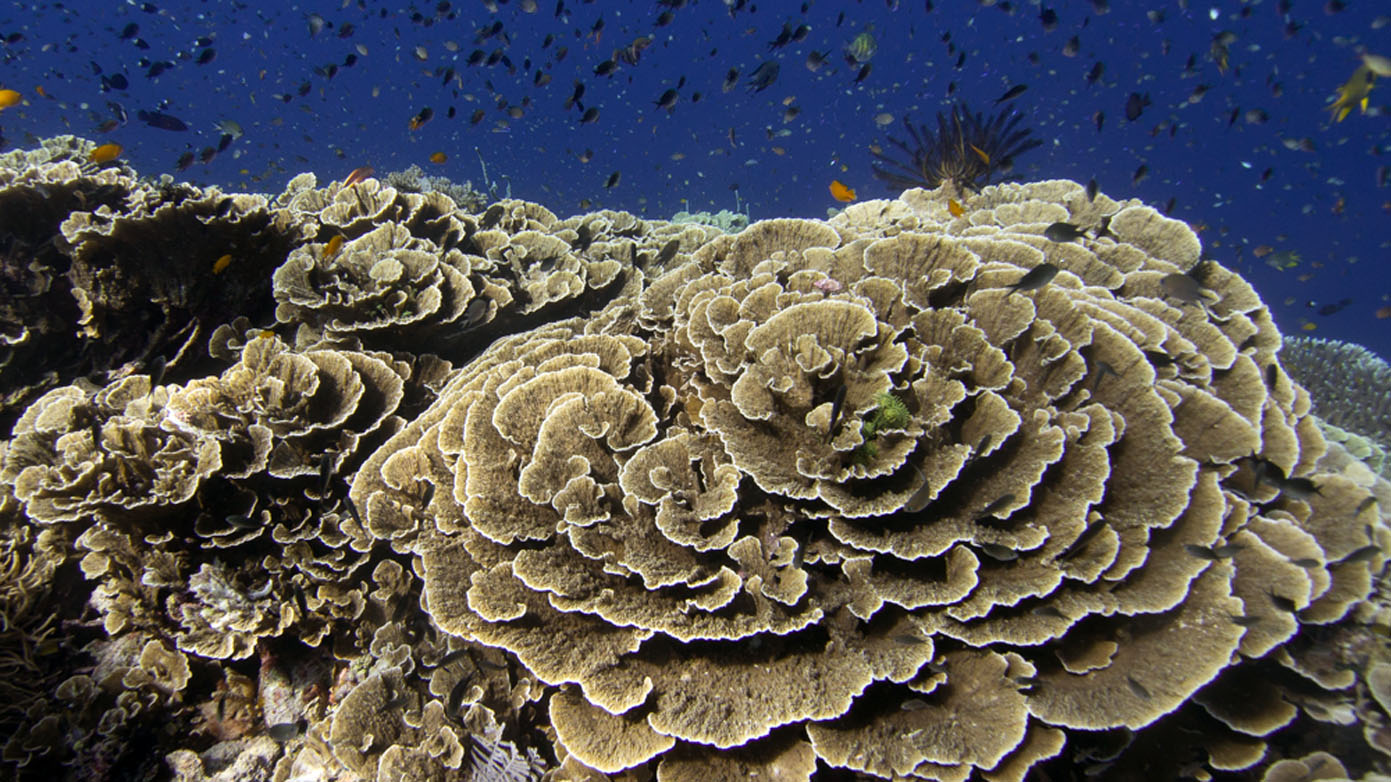
The coral is what really stands out in Weda, with expansive fields of delicate bottlebrush corals without a single broken branch. Thousand-year-old colonies of boulder corals, plating corals several meters wide, and not a single other dive boat in sight.
Coral reefs in Halmahera are thriving and with very little dive tourism, delicate coral reef ecosystems are in near pristine condition.
Diving in Rao
The island of Rao is truly a coral spotting paradise. On the 2008 Halmahera Reef Base Expedition, scientists reported 224 coral species on a single dive site in Halmahera, the most species recorded for any single location on this particular expedition.
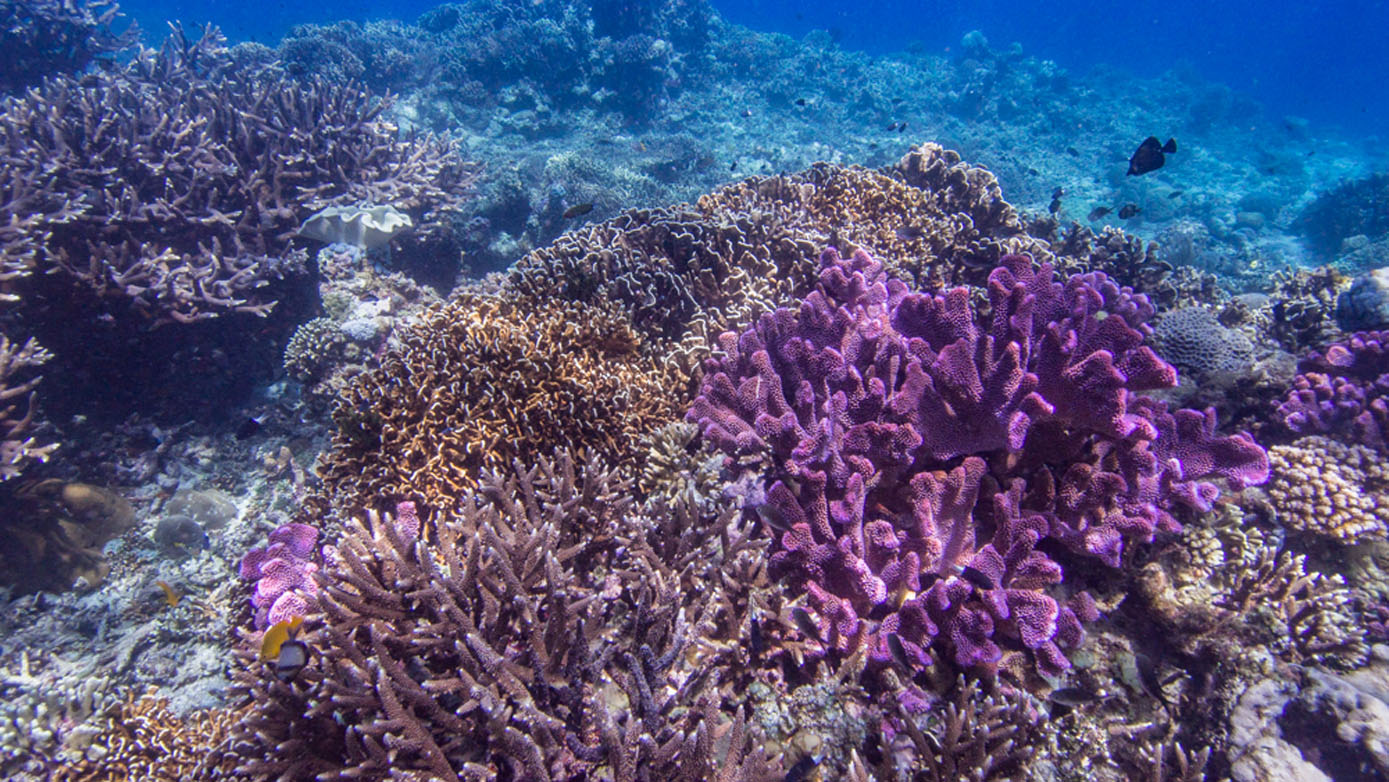
There are many beautiful reefs surrounding the island and most sites are within 10-15 minute’s boat ride from shore. The bathymetry is sloping reef starting around two to five metres and slowly drifting towards a sandy bottom at around 20-30m.
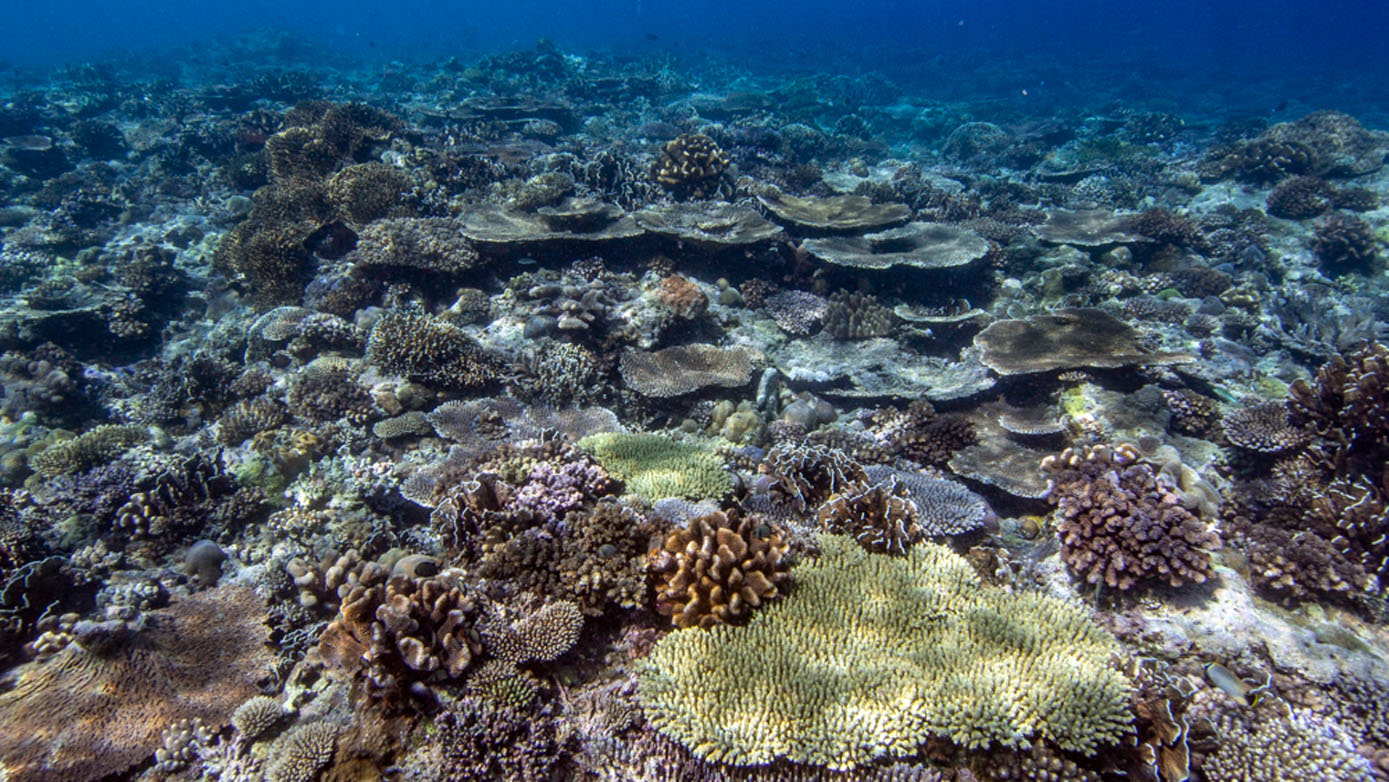
The gradual slope makes for easy peaceful dives. Rao is the perfect place to unwind above and below the waves. Near the southern tip of the island we found a beautiful coral garden which nearly breaks the surface of the water. We spent an entire dive here around 5m, photographing corals and following a pair of local spear fishermen who were just as intrigued by me scuba diving alongside their morning hunt.
We did all our diving in buddy pairs and it was effortless to reconnect on the surface after each dive. The visibility was between 20-40m depending on the site.
Magic of Rao
Every morning you are greeted by the common paradise kingfisher a bird which is endemic to Rao, and the mascot of the Beach Bungalow logo. But the magic doesn’t stop there. After breakfast or when back from an early dive you can walk down to the far end of the beach to coffee rock. There are two large rocks at the end of Magic Bay, and as the morning sun starts to heat up, they smell just like coffee.
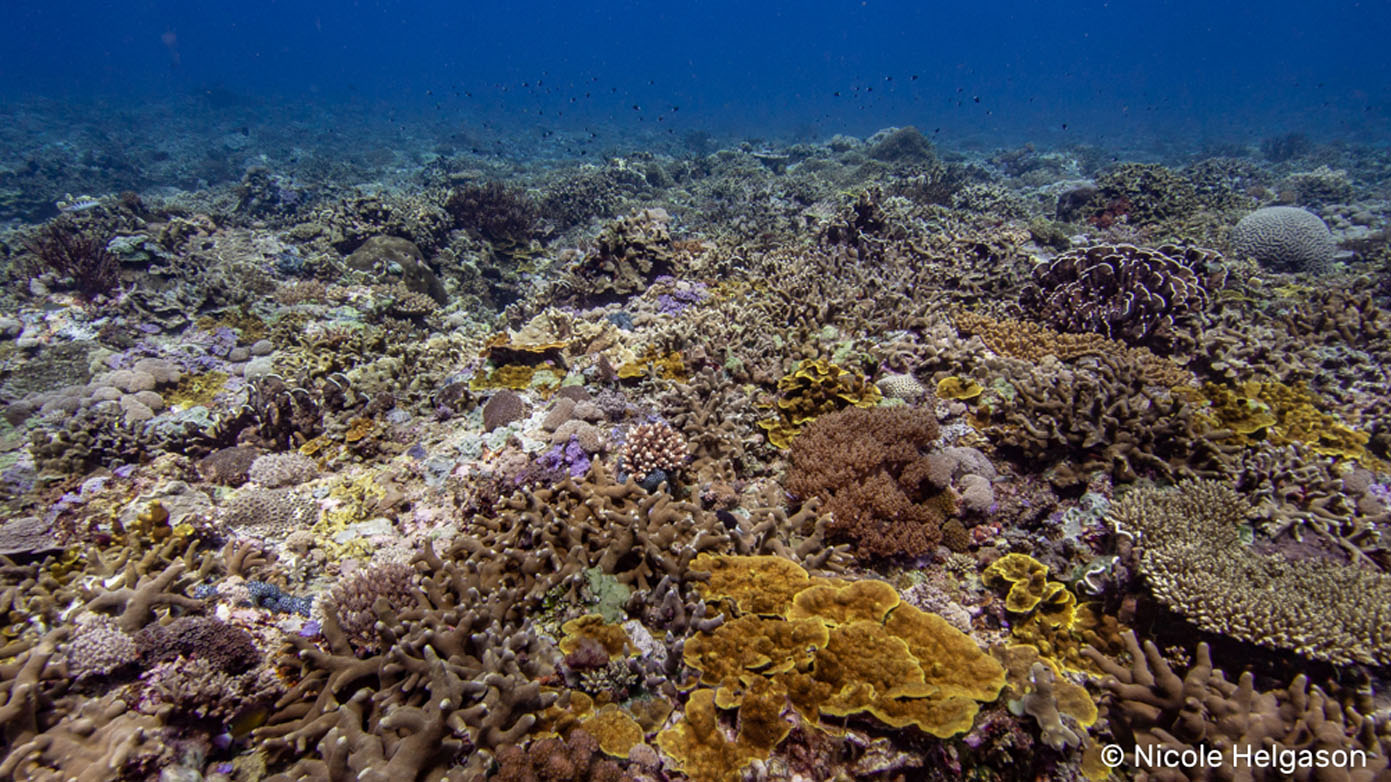
Batu Kopi, “the coffee rock” and the near forest, “Kota Moro” are mystical and sacred places for the people of North Halmahera. Although these days all inhabitants of Rao are Christians, they still have their old believes too. They know that the original inhabitants, the old tribe of the Moro-people live here, who over the centuries, they became invisible.
Best time to visit: March to November.
All images: Nicole Helgason. Nicole (Nikki) Helgason is a PADI Dive Instructor with 10 years of professional dive experience. Nicole has taught scuba diving and managed dive centers around the world. Nicole has a bachelor’s degree in coastal geography from the University of Victoria and is passionate about coral reefs.







